By Lauren Baron
Student Expert
Pace Energy and Climate Center
Pace Law School
EarthDesk welcomes Lauren Bacon of Pace Law School and the Pace Energy and Climate Center. Her post also appeared on the Center’s blog on January 27.
With his $40 million dollar project to develop 10 community microgrids in areas with approximately 40,000 residents in 2014, Governor Cuomo has solidified a brighter future for energy in New York State. Funded by federal funds given to the state for relief efforts after Hurricane Sandy and state garnered funds, the initiative was announced during the Governor’s State of the State Address on January 8, 2014 as part of a plan titled NY Prize. The reasons behind the initiative include the vulnerability of the current energy infrastructure in the state, and the likelihood that storms such as Superstorm Sandy will continue to devastate unless changes are made to the current system.
To facilitate the project, the Governor also stated, “[T]he PSC and the State will work with utilities and private developers to reform regulatory and financial hurdles that have prevented investment in microgrids.” To successfully implement community microgrids in NY both the monetary pledge and regulatory reform are required. There has been uncertainty as to how the Public Service Commission (PSC) will regulate a community microgrid since public utilities providing energy have stringent rules and are closely regulated. Creating clear guidelines for what to expect in terms of regulation when building a community microgrid would dispel any concerns about entering into a community microgrid project.
Building a Community Microgrid
Before a community microgrid is built, determining where to put the system is the first and most important step in implementing a successful project. A CHP system functions most efficiently and in the most beneficial way when the buildings connected to the system include critical infrastructure, such as hospitals and nursing homes which require uninterrupted power supply, as well as buildings with complimentary load profiles. An example of a complimentary load profile is an office building and an apartment building because the office reaches peak energy use during midday, while an apartment building uses more energy in the evening as people return home from work.
Community microgrids consist of a combined heat and power system, or CHP. CHP functions at a high rate of efficiency because it uses the energy normally lost through waste heat in a traditional natural gas or diesel generator. For example, a CHP unit can provide electricity to a building while using the waste heat from the electricity production to heat water, producing steam that can subsequently power a heating or cooling system for the building. Prior to CHP installation, buildings have to be retrofitted to incorporate the system, which would greatly increase overall energy efficiency. After a CHP unit is installed within a community, piping infrastructure and smart metering infrastructure is installed to connect nearby buildings to the system, and connect the system to the main electricity grid.
Benefits of Community Microgrids
There are several benefits associated with community microgrids including system resilience, net metering, reliability of critical infrastructure, decreased costs, and the opportunity for renewable integration:
Resiliency. A community microgrid provides increased resilience because it has the ability to go into “island mode,” which means it can automatically react to an outage or disturbance in the main grid and continue to provide energy to the buildings connected to the system. A smart metering system allows the community microgrid to constantly communicate with the main grid and go into and out of island mode when needed.
Net Metering. A microgrid has the ability to sell back any excess energy it produces to the main grid. The PSC rules require a public utility to purchase excess energy produced by a microgrid, potentially reducing main grid electricity bills.
Critical Infrastructure. Making sure critical infrastructure such as hospitals, nursing homes, community centers, even supermarkets will not lose power during major outages protects the most vulnerable citizens in the state. It also allows critical infrastructure to become a place of refuge during natural disasters.
Decreased Costs. After the initial cost of installing the system, a community microgrid would save money due to decreased fuel costs, as natural gas is currently locally abundant and cheap. In addition, the efficiency of the new system and the requisite building retrofits prior to installation would result in lower fuel usage overall, which also decreases expenses.
Renewable integration. Community microgrids can incorporate renewable energy generation into the system or run completely on renewable energy. By connecting renewable energy, such as wind or solar, in conjunction with a CHP unit the long term costs of providing energy to those connected to the community microgrid are greatly decreased. Also, the dependence on natural gas as a fuel, the price of which is still subject to market fluctuations, is mitigated by incorporating renewables into the system. An additional benefit to renewable integration is the decreased greenhouse gas emissions from the system compared to the traditional energy system. Transitioning from the carbon intensive traditional electricity system to community microgrids will result in a continuing trend of decreased emissions from the energy sector.
Although this project marks the initial steps of New York State towards a highly resilient and efficient energy system, and the monetary investment will certainly help jump start community microgrid projects, the regulatory reform piece of the plan is the most important part. Without the PSC coming to a decision regarding how microgrids will be regulated, uncertainty about the viability of projects will deter future investment and the development of even more community microgrids in the state. Fortunately, the Governor recognizes the failures of the current energy system and the need for a cleaner more efficient future, which will hopefully result in the expeditious implementation of this project.
«« »»
 Before coming to Pace Law School and the Pace Energy and Climate Center, Lauren Baron attended University of Miami (FL) where she received a BA in Ecosystem Science and Policy and Sociology. During her undergraduate career, she became particularly interested in environmental justice issues and challenges facing the world due to climate change. Her passion led her to conclude that the best way to help the environment while helping people was to pursue a career in environmental law. She is especially interested in renewable fuels and energy, as well as access to and availability of energy resources.
Before coming to Pace Law School and the Pace Energy and Climate Center, Lauren Baron attended University of Miami (FL) where she received a BA in Ecosystem Science and Policy and Sociology. During her undergraduate career, she became particularly interested in environmental justice issues and challenges facing the world due to climate change. Her passion led her to conclude that the best way to help the environment while helping people was to pursue a career in environmental law. She is especially interested in renewable fuels and energy, as well as access to and availability of energy resources.
After law school Lauren plans on taking a job in an environmental non-profit or governmental agency in her native area of Rochester or Buffalo New York. Ideally she would be working on research or cases that involve facilitating the connection between communities, including small businesses and community residents, with alternative forms of energy.
Lauren’s full bio here.

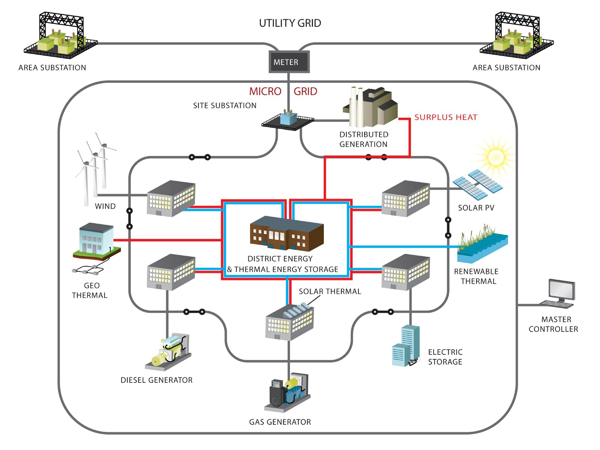



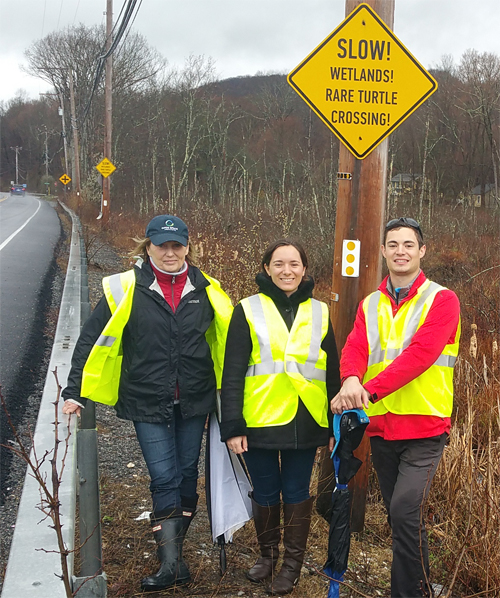
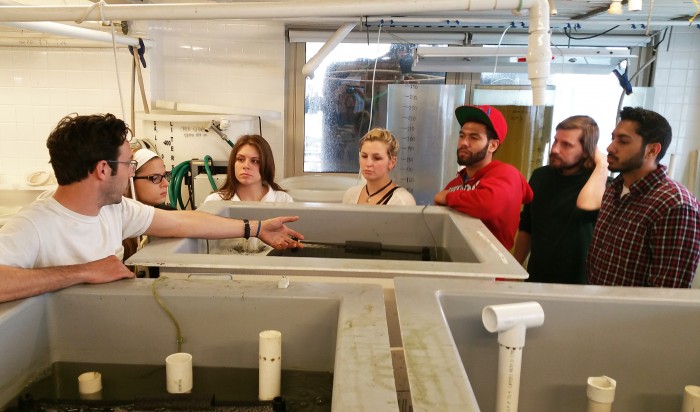
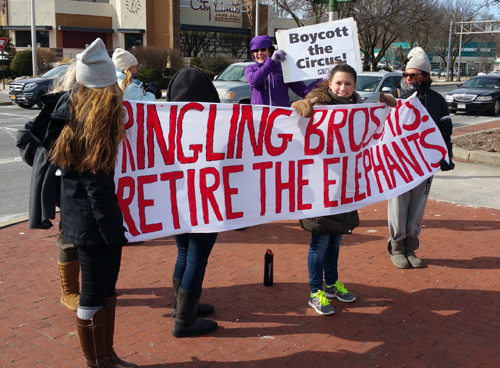
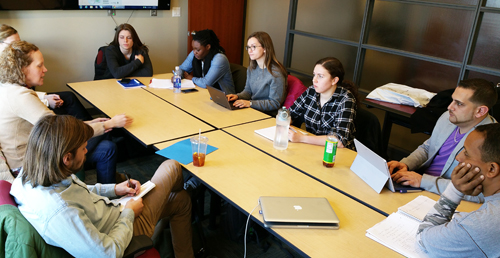


Interesting indeed. What about a Pareto based approach? … like in this paper: http://www.mdpi.com/1996-1073/6/3/1439/pdf